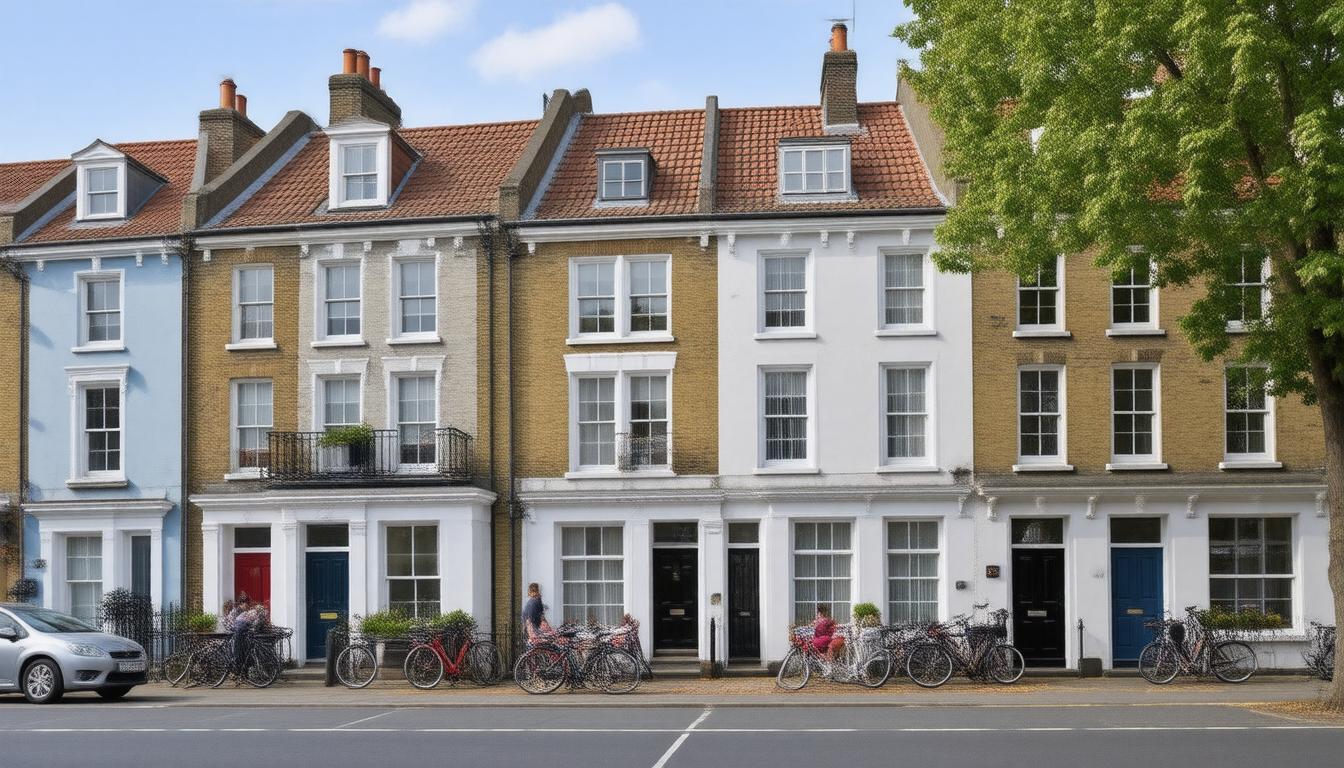Kent is witnessing a notable trend in its housing sector, marked by a significant increase in houses in multiple occupations (HMOs). Currently, there are nearly 2,000 HMOs across the region, reflecting a shift towards communal living and a solution to rising housing demands. Defined as properties that accommodate individuals from more than one household, HMOs often feature shared facilities and are popular among students and young professionals. This article delves into the implications of this trend, examining both the advantages and the drawbacks faced by residents in HMOs, alongside community reactions to this growing phenomenon.
Key Takeaways
- Kent is witnessing a surge in HMOs, with nearly 2,000 properties now accommodating individuals from multiple households.
- The perspectives of HMO tenants often contrast with local council and neighbor concerns, highlighting varied living experiences.
- Despite challenges, many tenants like John Moran find communal living in HMOs can foster positive coexistence.
Understanding Houses in Multiple Occupation (HMOs)
Understanding Houses in Multiple Occupation (HMOs) has become increasingly important as Kent witnesses a notable surge in these types of properties, with the current count nearing 2,000. HMOs are characterized by their occupancy by individuals from multiple households, who often share communal facilities such as kitchens and bathrooms. This format has led to the emergence of various living arrangements, with residents renting rooms independently, which can sometimes result in a lack of familiarity among tenants. Notable examples of sizable HMOs in the region include a 52-bedroom facility in Folkestone and a 40-bedroom accommodation in Gravesend.
The living conditions within HMOs have proven to be quite diverse, with tenants reporting mixed experiences. Local councils often receive objections from nearby residents when new HMO proposals are on the table, largely due to worries about potential anti-social behavior and issues arising from parking inadequacies. However, the narratives of those living in HMOs frequently get overlooked. For instance, tenant John Moran, who resides in a 10-person HMO in Canterbury, reflects on his experience, suggesting that despite the occasional disagreements, most tenants manage to live together harmoniously. This situation challenges the stereotype of HMOs as ‘modern-day slums’ and underscores the complexities and dual nature of communal living arrangements in the region. Finding common ground between the concerns of local residents and the realities faced by tenants is essential in addressing the challenges and recognizing the benefits of HMOs in Kent.
Navigating Challenges and Benefits of HMO Living
Moreover, the rise of HMOs in Kent brings significant economic implications for the local rental market. Many students and young professionals seek affordable accommodation, thus prompting landlords to convert traditional family homes into multi-occupancy residences to meet this increasing demand. This transition not only contributes to an influx of residents looking for budget-friendly housing options but also stimulates local economies by fostering diverse communities. However, these benefits come with their own set of challenges, including potential disruptions to established neighborhood dynamics. As such, it is vital for local authorities to implement effective regulatory frameworks that ensure quality living conditions while addressing community concerns effectively. Authorities are also exploring ways to improve tenant rights and housing standards within these multiple occupancy homes, which could enhance overall tenant satisfaction and promote a more positive perception of HMOs in the region (Parker, 2024).
This evolving landscape emphasizes the need for comprehensive discussions between stakeholders, including local councils, tenants, and community members, to strike a balance that serves both the needs of residents and the interests of the wider community.





